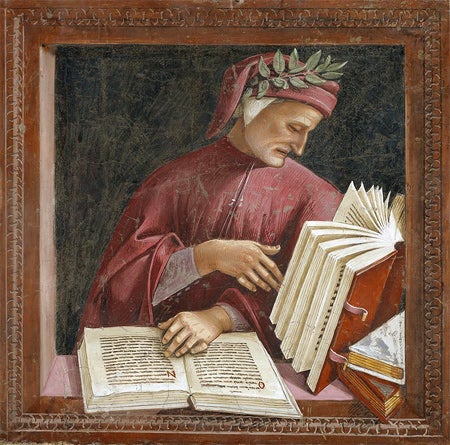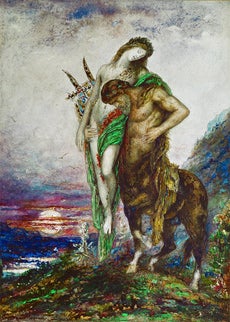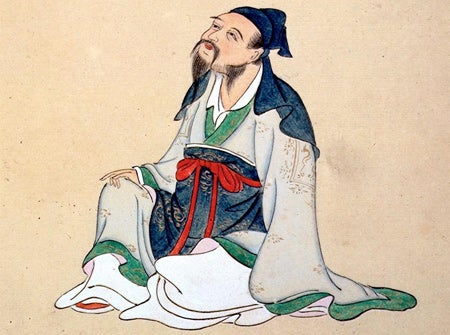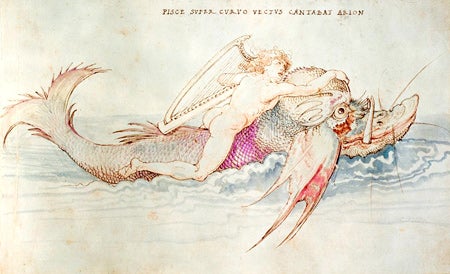
From those fabulous poems by Roman bad-boy Catullus (84-54 BC) to today’s contemporary poet rock-stars like Billy Collins, poetry might not enjoy the same mass popularity as it did in ancient times, but when you dive in, poetry is its own universe of aural, oral, and cerebral pleasures. Poetry and art are intertwined—two art forms in constant dialogue, creating and recreating each other. Countless poets have also written on art, from William Butler Yeats to Gertrude Stein to Ted Hughes, and their work has shaped the development of painting, sculpture, performance, dance, theater, literature, music, and film (see Poets on Painters, ed. J.D. McClatchy, 1998)

Verse in the West—from epic poetry to Shakespeare to Poems on the Underground (London’s Tube poetry series) to the recently resurrected MTA Poetry In Motion—has had varied influence in our daily lives. At the turn of the century, the avant-garde exploited the medium particularly around WWI in Europe—the Futurists, the Dadaists, the Surrealists, to name a few. And the interest in art and literature from the East resulted in many of the groundbreaking movements in poetry instigated by Ezra Pound, Black Mountain Poets, and others.
Worldwide, poetry has been the life’s work of religious leaders, intellectuals, scholars, and philosophers, such as Rumi, Omar Khayyam, Sappho, Li Bai, Matsuo Bashō. There probably isn’t any issue, feeling, or historical event that hasn’t been addressed in poetry. Even some obscure subjects, like an American outlaw, are brought to life in the brilliantly raw poems of Canadian Michael Ondaatje in The Collected Works of Billy the Kid.

In our frenzied era of consumerism and information overload, it’s a luxury to experience words that aren’t marketing. Rather than quoting from all of the greats—like Rilke, Heine, Whitman, Celan, Eliot, Lorca, Plath, Dickinson (consult The Norton Anthology of Poetry for an overview)—I’m sharing links to a smattering of favorites that are available online to spur your own exploration.
- Complete Poems, Catullus
- Thoughts on a Still Night, Li Bai
- The Wife of Bath’s Prologue, Canterbury Tales, Geoffrey Chaucer
- The Owl and the Pussycat, Edward Lear
- Hunted, Paul Eluard
- The Kid, Ai
- What Work Is, Philip Levine
- San Sepolcro, Jorie Graham
These days we’re all communicating with greater brevity. In Jason Koo’s heartbreaking poem “C” Is for Cookie, he writes, “Emails? Text/messages?/I am running out of tinier messages to send you.” Sometimes few words convey volumes. Rediscover language through poetry. See The American Academy of Poetry’s 30 cool ways to celebrate this month on poets.org.
For teaching ideas and images, check out our Blog post on the Beat Generation, our Languages and Literature Subject Guide, and our Featured Group.
What’s your favorite poem?
— Christine Kuan



